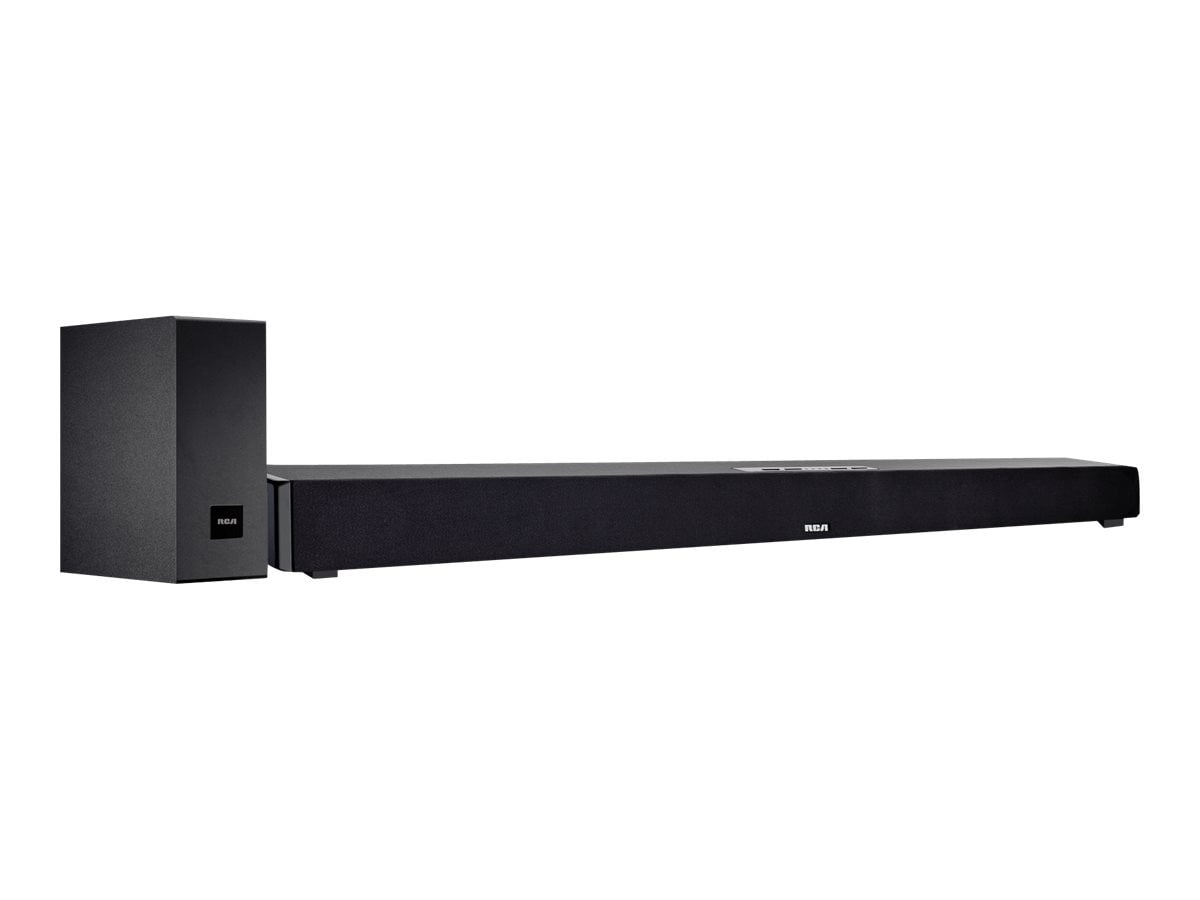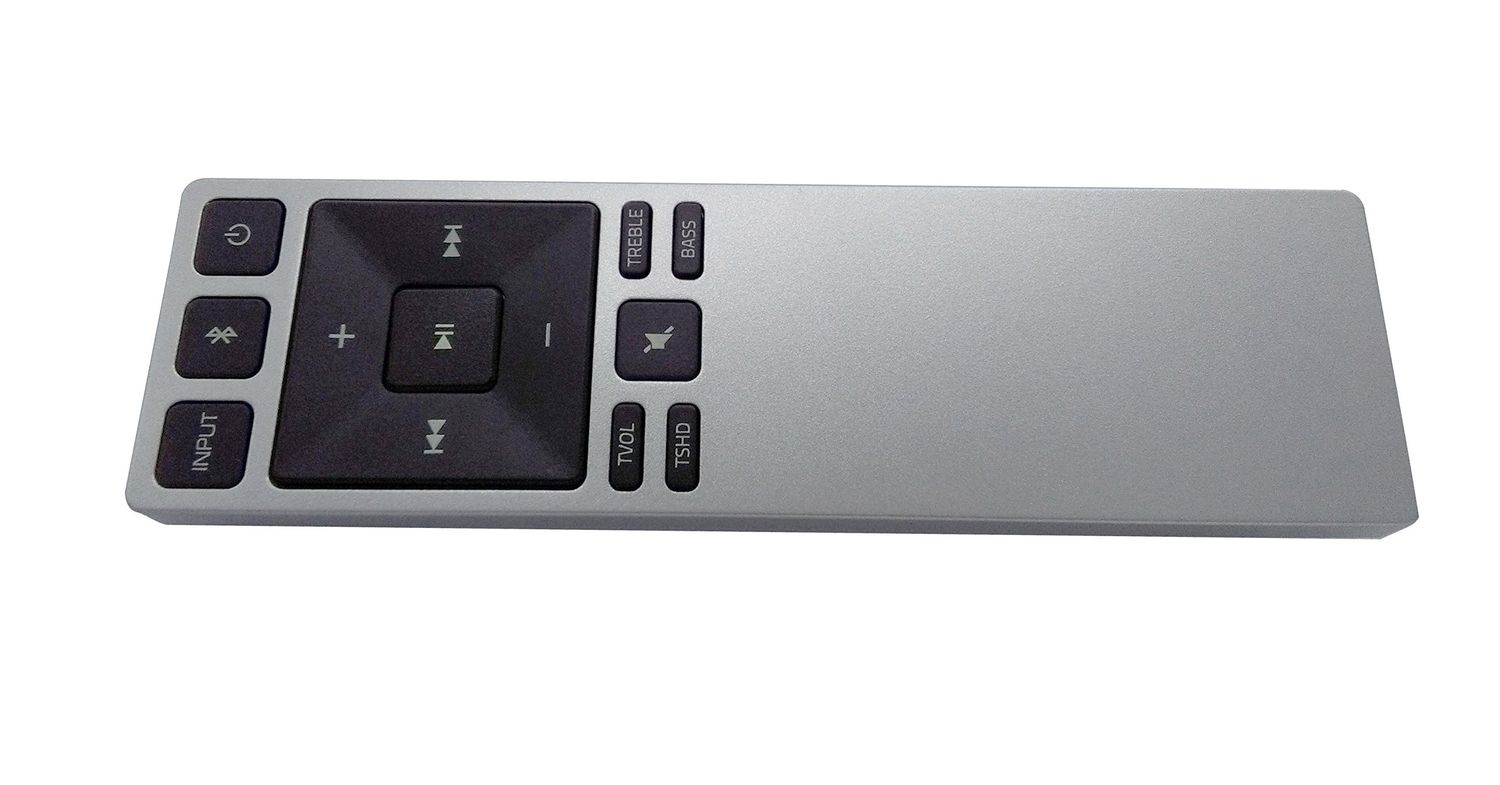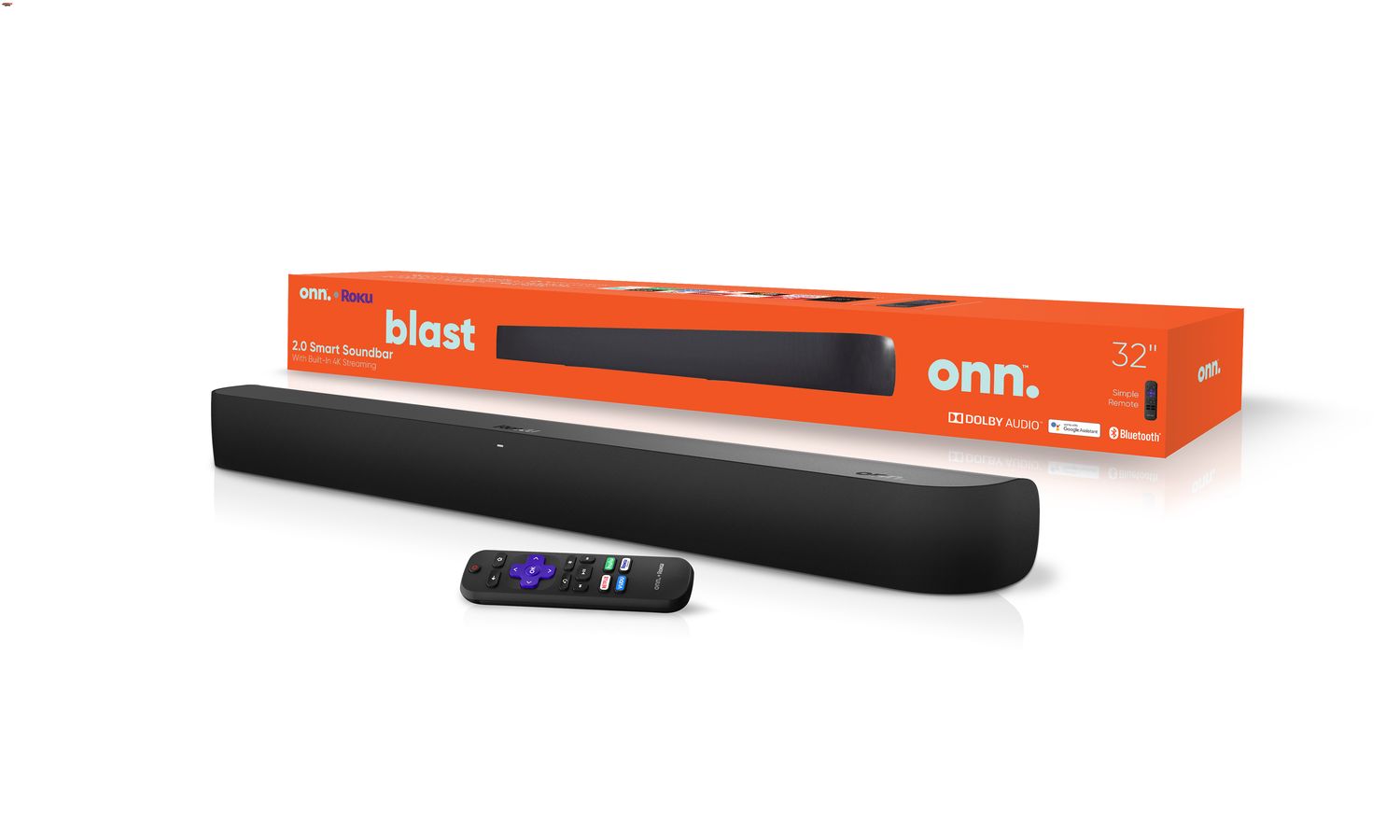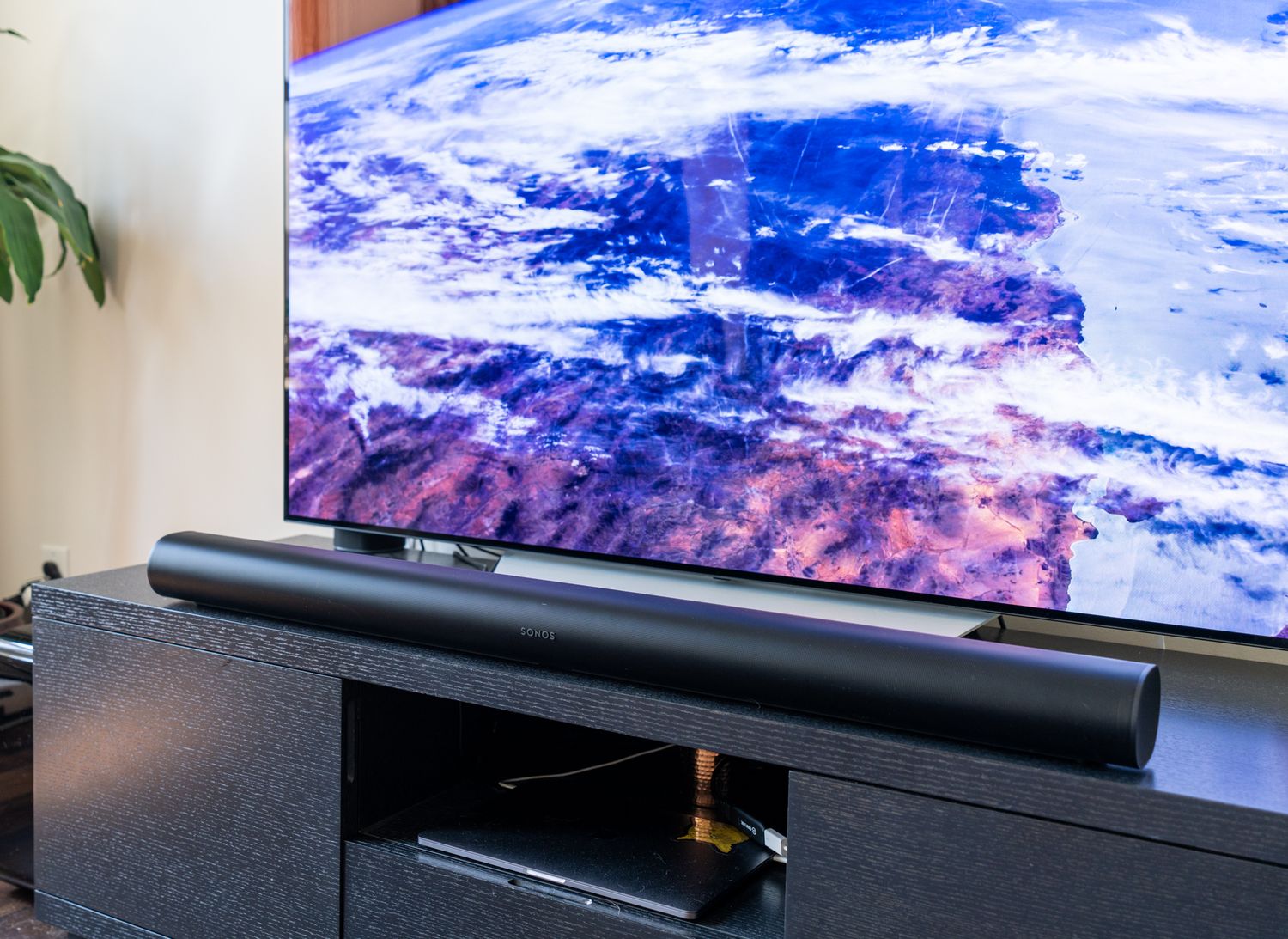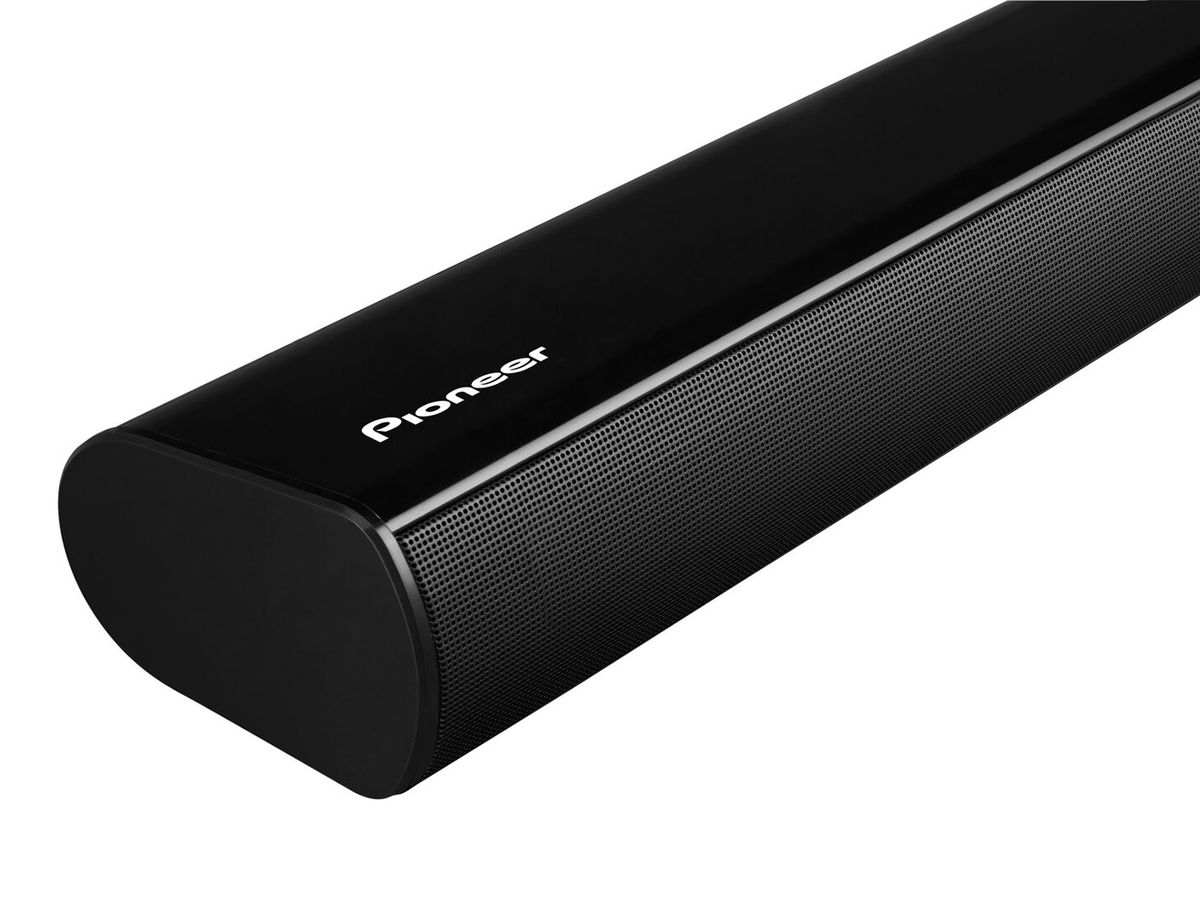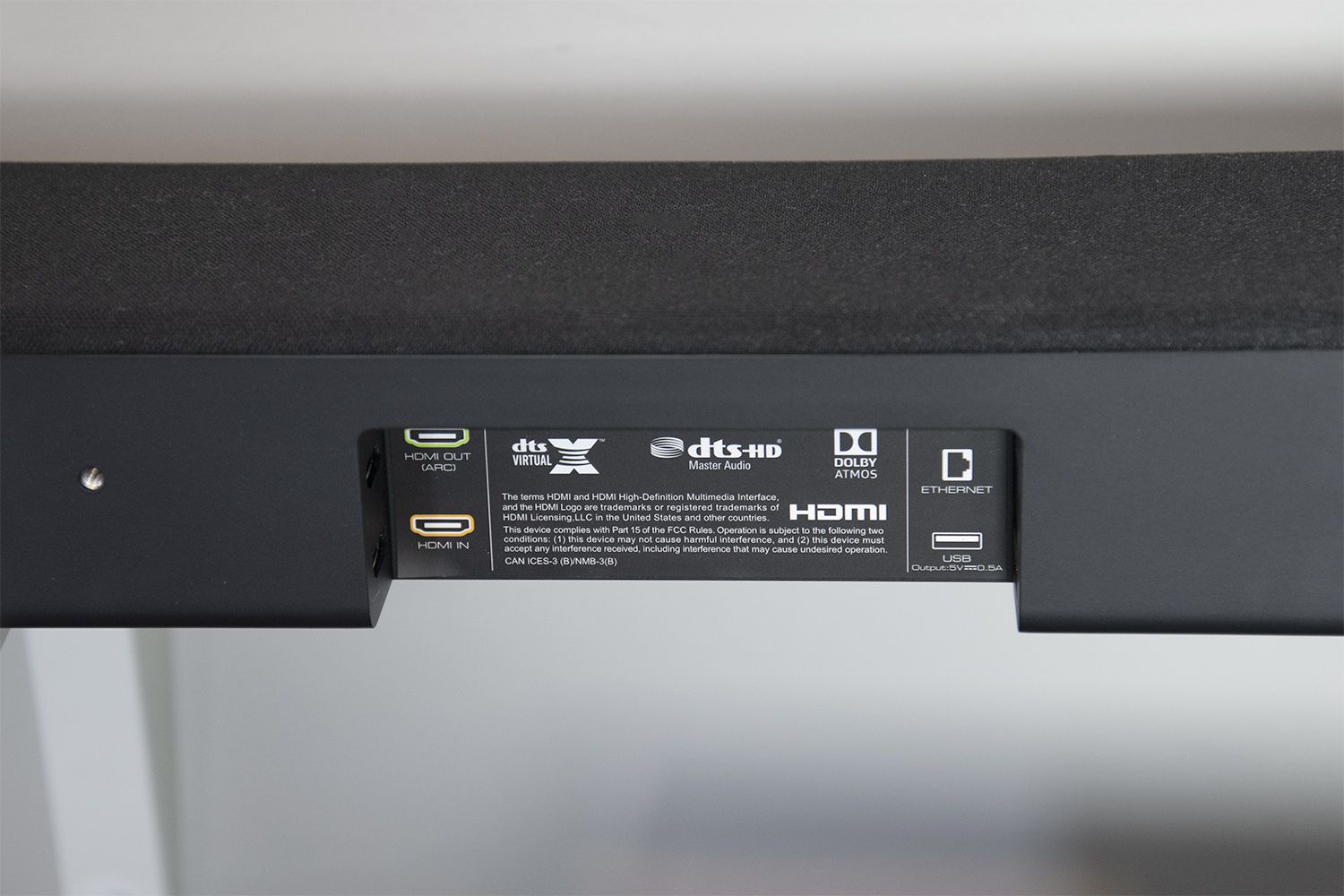Home>Production & Technology>Sound Bar>How Do I Hook Up My Vizio Sound Bar


Sound Bar
How Do I Hook Up My Vizio Sound Bar
Modified: January 22, 2024
Learn how to easily hook up your Vizio Sound Bar and enhance your audio experience. Follow our step-by-step guide to get the best sound quality in no time!
(Many of the links in this article redirect to a specific reviewed product. Your purchase of these products through affiliate links helps to generate commission for AudioLover.com, at no extra cost. Learn more)
Table of Contents
Introduction
Welcome to the world of immersive audio experience with a Vizio Sound Bar! If you’re looking to enhance your TV viewing or music listening experience, a sound bar is a perfect addition to your entertainment setup. In this article, we will guide you through the process of setting up and hooking up your Vizio Sound Bar, so you can start enjoying crystal clear sound and powerful bass.
Gone are the days of relying solely on your TV’s built-in speakers, which often lack depth and clarity. A sound bar is designed to deliver high-quality audio and simulate a surround sound experience, all in a convenient, compact package. Whether you’re a movie enthusiast, a gaming enthusiast, or simply enjoy streaming your favorite songs, a Vizio Sound Bar can transform the way you listen and immerse yourself in sound.
Setting up your Vizio Sound Bar is a straightforward process that requires a few simple steps. In no time, you’ll be able to enjoy rich, vibrant sound that brings your favorite movies, TV shows, and music to life. So, let’s dive in and get started with the setup process.
Step 1: Unpacking and Setup
The first step in setting up your Vizio Sound Bar is to unpack the contents of the box. Carefully remove all the components and make sure you have everything you need:
- Vizio Sound Bar
- Power cord
- Remote control
- Wall mounting brackets (if applicable)
- Audio cables (if applicable)
- User manual
Once you have everything ready, it’s time to find the perfect spot for your sound bar. Ideally, it should be placed directly below or above your TV, centered for optimal audio projection. Vizio Sound Bars are designed to be versatile and can be placed on a stand in front of your TV or mounted on the wall using the included brackets.
If you choose to mount the sound bar on the wall, make sure you have the right tools and follow the instructions in the user manual. It’s important to ensure that the sound bar is securely and evenly mounted for safety and optimal audio performance.
Next, you’ll need to connect the power cord to the sound bar and plug it into a power outlet. Make sure you have easy access to the power source and that the cord is not stretched or pulled tightly, as this may cause damage.
After connecting the power cord, switch on the sound bar and look for the indicator light to confirm that it’s powered on. Take a moment to familiarize yourself with the controls on the sound bar and the remote, as you will be using these later to adjust the settings and volume.
Congratulations! You have successfully completed the initial setup of your Vizio Sound Bar. In the next step, we will guide you through the process of connecting the sound bar to your TV for an immersive audio experience.
Step 2: Connecting the Sound Bar to Your TV
Now that you have completed the initial setup, it’s time to connect your Vizio Sound Bar to your TV. There are several methods you can use to establish the audio connection, depending on the available ports on your TV and the sound bar model. Here are the most common options:
- HDMI: If your TV and sound bar both have HDMI ports, this is the recommended method. Simply connect one end of an HDMI cable to the HDMI ARC (Audio Return Channel) port on your TV, and the other end to the HDMI ARC port on your sound bar. This allows for both audio playback from the TV and control of the sound bar with your TV remote.
- Optical Cable: If your TV has an Optical Audio Output port and your sound bar has an Optical Input port, you can use an optical cable to establish the connection. Plug one end of the optical cable into the corresponding ports on your TV and sound bar, ensuring a secure fit.
- 3.5mm AUX Cable: If your TV has a 3.5mm headphone jack and your sound bar has an AUX Input port, you can use a 3.5mm AUX cable to connect the two. Insert one end of the AUX cable into the headphone jack on your TV, and the other end into the AUX Input port on your sound bar.
- Bluetooth: Some Vizio Sound Bar models support Bluetooth connectivity. If your TV also has Bluetooth capabilities, you can pair the two devices wirelessly. Refer to the user manual for instructions on how to enable Bluetooth on both the TV and the sound bar, and follow the pairing process.
Once you have established the audio connection, switch on both your TV and sound bar. Use the TV remote or the sound bar remote to adjust the volume levels and ensure that the sound is coming from the sound bar. You may need to change the audio output settings on your TV to route the sound to the sound bar.
That’s it! You have successfully connected your Vizio Sound Bar to your TV. Your audio experience will now be enhanced with the immersive sound produced by the sound bar. In the next step, we will explore how to pair the sound bar with your TV or other devices.
Step 3: Pairing the Sound Bar with Your TV or Device
After setting up the physical connection between your Vizio Sound Bar and your TV, it’s time to pair them to ensure seamless audio playback. The pairing process may vary slightly depending on the model of your sound bar and the TV or device you are using, but the general steps are as follows:
- On your TV or device, navigate to the settings menu and look for the “Audio” or “Sound” options.
- Select the option to “Add Bluetooth Device” or something similar.
- On your Vizio Sound Bar, press the Bluetooth pairing button (usually denoted by the Bluetooth symbol) to put it into pairing mode. The indicator light on the sound bar should start flashing to indicate it is ready to connect.
- On your TV or device, it should detect the sound bar in the list of available Bluetooth devices. Select the sound bar to initiate the pairing process.
- If prompted, enter the passcode displayed on your TV or device to complete the pairing process. The passcode is typically a four-digit number.
- Once the pairing is successful, you should see a confirmation message on your TV or device. The sound bar will also indicate that it is connected to the TV or device through Bluetooth.
Keep in mind that not all Vizio Sound Bar models support Bluetooth connectivity. If your sound bar does not have Bluetooth capabilities, you can skip this step and proceed to adjust the sound settings using the provided remote control.
If you encounter any issues during the pairing process, ensure that your TV or device is within range of the sound bar and that Bluetooth is enabled on both devices. It’s also a good idea to refer to the user manual specific to your sound bar model for detailed instructions on the pairing process.
Congratulations! You have successfully paired your Vizio Sound Bar with your TV or device. Now you can enjoy wireless audio streaming and control your sound bar conveniently. In the next step, we will explore how to adjust the sound settings and controls to customize your audio experience.
Step 4: Adjusting Sound Settings and Controls
Now that your Vizio Sound Bar is connected and paired, it’s time to fine-tune the sound settings and controls to optimize your audio experience. Depending on the model of your sound bar, you may have different options and features available. Here are some common settings you can adjust:
- Volume Control: Use the volume buttons on the sound bar or the remote control to adjust the volume level to your preference. You can increase or decrease the volume to find the perfect balance for your listening environment.
- Equalizer Settings: Many sound bars offer different preset equalizer settings such as “Standard,” “Movie,” “Music,” or “Bass Boost.” Experiment with these settings to find the one that enhances the audio for the content you are enjoying.
- Bass and Treble Adjustment: Some sound bar models allow you to manually adjust the bass and treble levels. This feature enables you to fine-tune the audio output according to your personal preference.
- Surround Sound Mode: If your sound bar supports virtual surround sound, you can activate this mode to replicate a more immersive audio experience. It creates the illusion of sound coming from different directions, enhancing the depth and spatial awareness of your audio.
- Night Mode: Night mode reduces the intensity of certain sounds, such as explosions or loud music, to prevent disturbing others in your household during late-night viewing sessions. Enable this mode for a more balanced audio experience at lower volume levels.
In addition to these settings, you may also have additional options like audio sync adjustment, dialogue enhancement, or even voice control functionality, depending on the specific features of your sound bar model.
Take some time to explore the different settings and controls on your Vizio Sound Bar, adjusting them to your liking. It’s worth experimenting with various configurations to find the perfect audio balance that suits your preferences and the type of content you are enjoying.
Remember to consult the user manual for your sound bar model for specific instructions on how to access and adjust these settings. Every sound bar is unique, and the process may vary slightly.
Once you have customized the sound settings to your liking, sit back, relax, and enjoy your enhanced audio experience with your Vizio Sound Bar.
Step 5: Troubleshooting Tips
While setting up and using your Vizio Sound Bar is generally a smooth experience, you may encounter occasional issues or glitches. Here are some troubleshooting tips to help you resolve common problems:
- No Sound: If you’re not getting any sound from your Vizio Sound Bar, ensure that the sound bar is powered on and connected to the TV or device properly. Double-check the audio input settings on your TV to ensure it is set to the correct audio source (HDMI, Optical, etc.). Also, check the volume levels on both the sound bar and the TV.
- Poor Audio Quality: If the sound coming from the sound bar is distorted or of poor quality, check the audio cables or connections for any loose or damaged components. Make sure your audio settings are configured correctly on both the sound bar and the TV. You may also want to try adjusting the equalizer settings or experimenting with different sound modes.
- Bluetooth Connection Issues: If you’re experiencing problems with Bluetooth pairing or connecting to your sound bar, make sure your TV or device is within the Bluetooth range of the sound bar. Ensure that Bluetooth is enabled on both devices and that they are not connected to any other Bluetooth devices that may be interfering with the pairing. Restart both devices if necessary.
- Remote Control Problems: If the remote control for your sound bar is not working, check if the batteries need to be replaced. Ensure that there are no obstructions between the remote and the sound bar. You may also try resetting the remote control by removing the batteries and pressing all the buttons for a few seconds before reinserting the batteries.
- Audio Sync Issues: If you notice a delay between the audio and video on your TV, check the audio sync settings on your sound bar or TV. Adjust the settings to decrease or increase the audio delay until it syncs properly with the video.
If you have followed these troubleshooting tips and the issue persists, refer to your user manual for more specific troubleshooting instructions or contact Vizio customer support for further assistance.
With these troubleshooting tips, you’ll be able to overcome common challenges and enjoy uninterrupted sound from your Vizio Sound Bar.
Conclusion
Congratulations! You have successfully set up and connected your Vizio Sound Bar, enhancing your audio experience to a whole new level. By following the steps outlined in this guide, you have learned how to unpack and set up your sound bar, connect it to your TV, pair it with your devices, adjust sound settings, and troubleshoot common issues.
Now, sit back, relax, and enjoy the immersive sound that your Vizio Sound Bar delivers. Whether you’re watching your favorite movies, TV shows, or listening to music, the powerful audio and enhanced clarity will truly elevate your entertainment experience.
Remember, it’s always a good idea to refer to your specific sound bar model’s user manual for detailed instructions and options that may be unique to your device. The manual will provide additional information on advanced features, maintenance tips, and any updates you may need to keep your sound bar performing at its best.
If you encounter any difficulties or have any questions throughout the setup process or while using your sound bar, don’t hesitate to reach out to Vizio customer support. They are there to assist you and ensure you get the most out of your Vizio Sound Bar.
Thank you for choosing Vizio and investing in a sound bar that brings the magic of immersive audio into your home. We hope this guide has been helpful in getting you started and maximizing your enjoyment of your Vizio Sound Bar. Now, turn up the volume and get ready for an extraordinary audio experience like never before!


